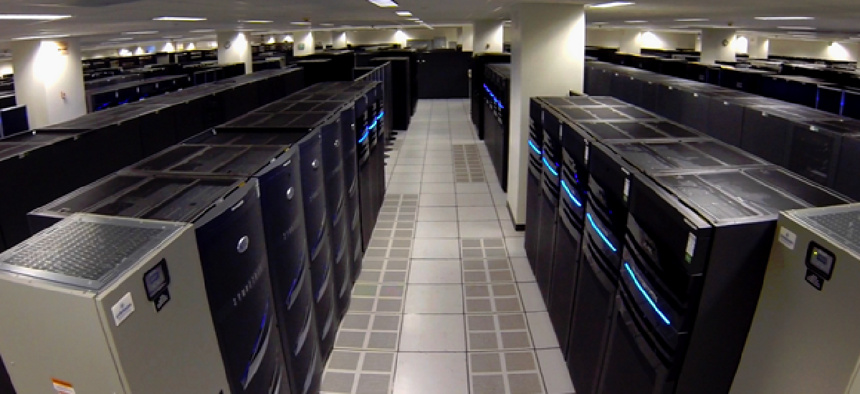New FBI system casts wide biometric net over criminals


Connecting state and local government leaders
The Next Generation Identification project speeds the matching of fingerprints and facial images in criminal investigations.
The FBI has a new system for identifying fingerprints and other biometric data that enhances the ability of federal, state and local law enforcement agents to catch criminals.
In unveiling the Next Generation Identification (NGI) system earlier this year, the FBI demonstrated a set of features that boosts the speed and accuracy of its matching systems by an order of magnitude over the 15-year-old Integrated Automated Fingerprint Identification System.
IAFIS, launched in 1999, was designed to handle 64,000 fingerprint-matching transactions daily with an average two-hour response time. In contrast, NGI was built to process 700,000 transactions a day, with a 15-minute turnaround.
Officials began planning for NGI in 2006 with a painstaking series of interviews of 193 agencies and 18,000 law enforcement officials that covered key requirements investigators across the country envisioned for the new system. The survey helped the FBI plan improvements to the speed and accuracy of its fingerprint-matching systems and develop a number of specialized biometric tools, including the matching of tattoos and facial images.
In doing so, the FBI was able to hit performance improvement marks, especially in 10-print matching, the heart of the FBI’s investigative toolkit.
“In February of 2011, we changed the algorithm for the 10-print matching system and went from 92 percent to 99 percent accurate,” NGI Program Manager James Preaskorn said.
As a result, productivity surged. “We ran the system in parallel for one week and had 916 additional hits that we wouldn’t have hit before,” he said.
Later that year, FBI officials introduced a mobile fingerprint-matching device that gave law enforcement officers access to a data repository on criminals described as the worst of the worst, including sex offenders and suspected terrorists.
“If a cop on the street makes a traffic stop and they have this device, they take one [fingerprint] from that person, scan it, beam it back to us, and within 5 seconds, we’ll give it a red light or a green light,” Preaskorn said.
The tool’s effectiveness has earned it a powerful reputation. Preaskorn said he has heard reports of suspects who have tried to chew or burn off their fingerprints when they saw the device in a police car.
The NGI team also launched a national Rap Back service that notifies agencies immediately when people who have already passed background checks become involved in criminal activities. The service is especially focused on people who work in fields with vulnerable populations, such as education and health care.
In addition, NGI offers facial recognition via the Interstate Photo System, which automates a process that used to involve a victim paging through a book of mugshots.
“If somebody holds up a 7-11, the police department can pull a still picture from the video of that suspect and submit it against our repository,” Preaskorn said. The system does not return a one-to-one match but shows officers a range of probable matching images.
Looking ahead, FBI officials want to build a repository for criminals’ iris images but are still evaluating the technology options.
NGI was designed to accommodate such updates. From the beginning, developers embarked on an incremental approach that would offer interoperability across commercial devices and build on service-oriented architectures.
“When we built IAFIS, it was designed for a certain workload…under a pretty rigid infrastructure,” Preaskorn said. “NGI is designed so you can plug in new modalities as you need to. This was a $1.12 billion system, the biggest the bureau has ever done. We wanted to take it in small chunks. You don’t eat the elephant in one bite. And that’s why we came up with an incremental strategy.”




